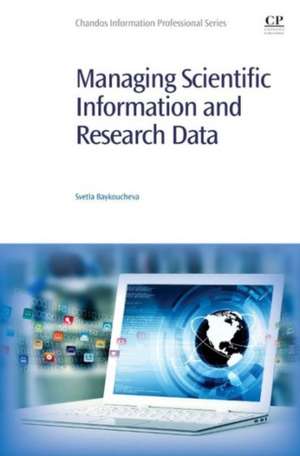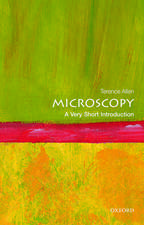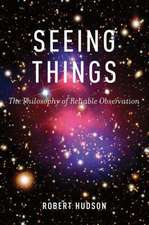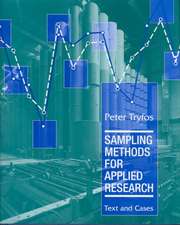Managing Scientific Information and Research Data
Autor Svetla Baykouchevaen Limba Engleză Paperback – 8 iul 2015
- Promotes innovative technologies for creating, sharing and managing scientific content
- Presents new models of scientific publishing, peer review, and dissemination of information
- Serves as a practical guide for researchers, students, and librarians on how to discover, filter, and manage scientific information
- Advocates for the adoption of unique author identifiers such as ORCID and ResearcherID
- Looks into new tools that make scientific information easy to discover and manage
- Shows what eScience is and why it is becoming a priority for academic libraries
- Demonstrates how Electronic Laboratory Notebooks can be used to record, store, share, and manage research data
- Shows how social media and the new area of Altmetrics increase researchers’ visibility and measure attention to their research
- Directs to sources for datasets
- Provides directions on choosing and using bibliographic management tools
- Critically examines the metrics used to evaluate research impact
- Aids strategic thinking and informs decision making
Preț: 327.47 lei
Preț vechi: 355.95 lei
-8% Nou
Puncte Express: 491
Preț estimativ în valută:
62.66€ • 65.60$ • 51.85£
62.66€ • 65.60$ • 51.85£
Carte tipărită la comandă
Livrare economică 29 martie-12 aprilie
Preluare comenzi: 021 569.72.76
Specificații
ISBN-13: 9780081001950
ISBN-10: 0081001959
Pagini: 162
Dimensiuni: 152 x 229 x 10 mm
Greutate: 0.27 kg
Editura: ELSEVIER SCIENCE
ISBN-10: 0081001959
Pagini: 162
Dimensiuni: 152 x 229 x 10 mm
Greutate: 0.27 kg
Editura: ELSEVIER SCIENCE
Cuprins
- Chapter 1. The Road from Chemistry—to Microbiology—to Information Science
- Chapter 2. Scientific communication in the digital age
- Chapter 3. Ethics in scientific publishing
- Chapter 4. An editor’s view: Interview with John Fourkas
- Chapter 5. Finding and managing scientific information
- Chapter 6. Science information literacy and the role of academic librarians
- Chapter 7. Information literacy and social media: Interview with Chérifa Boukacem-Zeghmouri
- Chapter 8. Coping with "Big Data": eScience
- Chapter 9. Managing research data: Electronic Laboratory Notebooks (ELNs)
- Chapter 10. The complexity of chemical information: Interview with Gary Wiggins
- Chapter 11. Measuring academic impact
- Chapter 12. From the Science Citation Index to the Journal Impact Factor and Web of Science: Interview with Eugene Garfield
- Chapter 13. What it looked like to work at the Institute for Scientific Information (ISI): Interview with Bonnie Lawlor
- Chapter 14. Measuring attention: Social media and Altmetrics
- Chapter 15. Unique identifiers
- Chapter 16. Epilogue: Creating an information-literate generation of scientists













